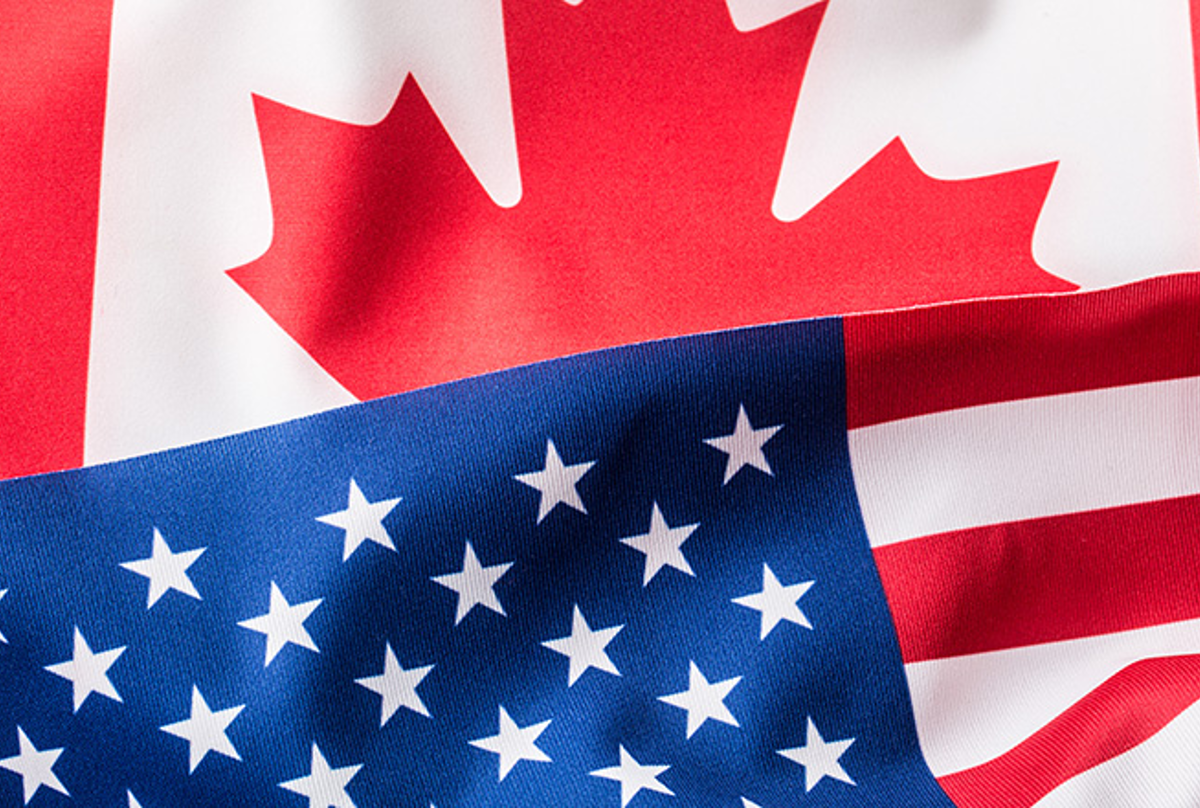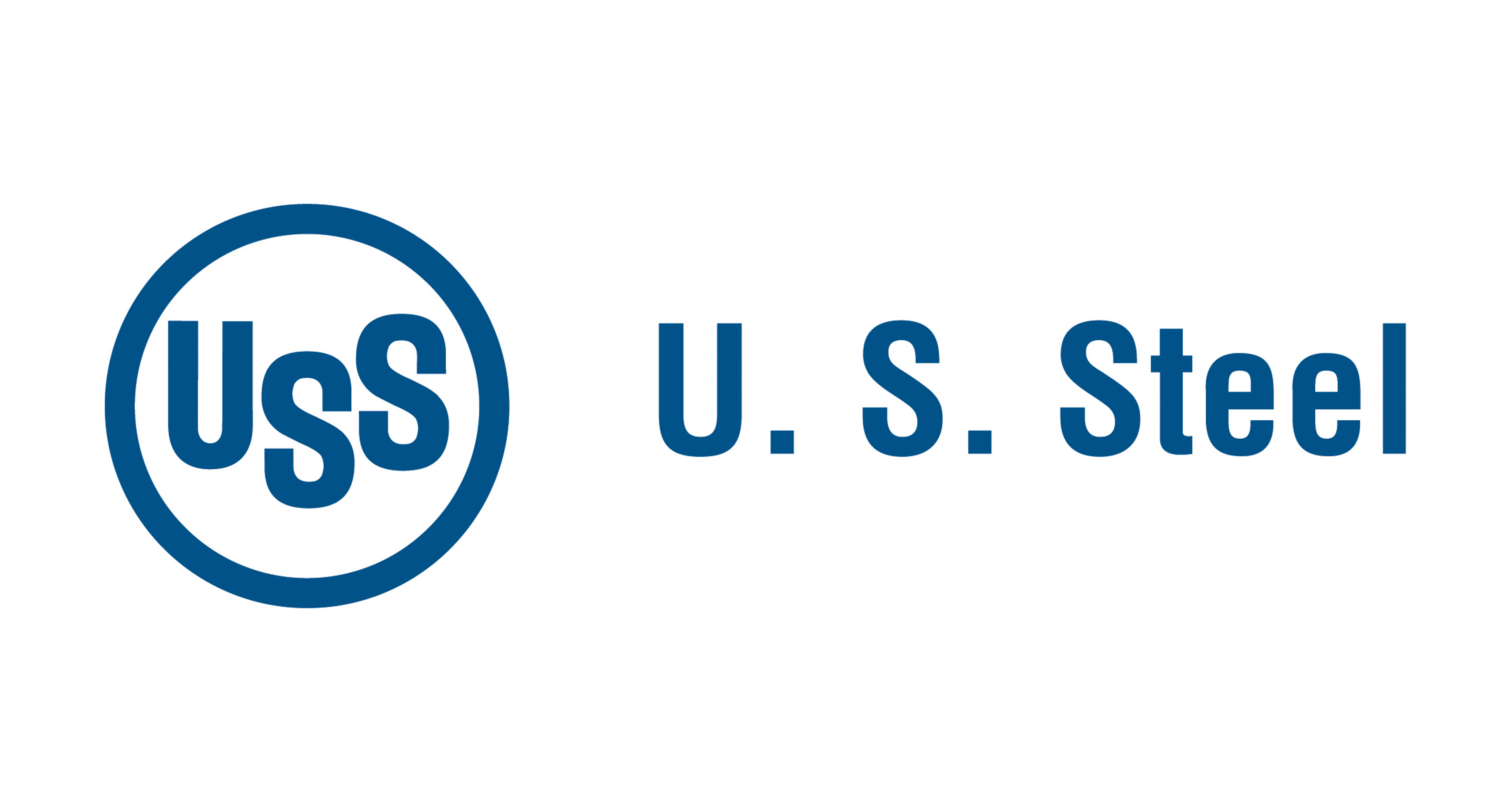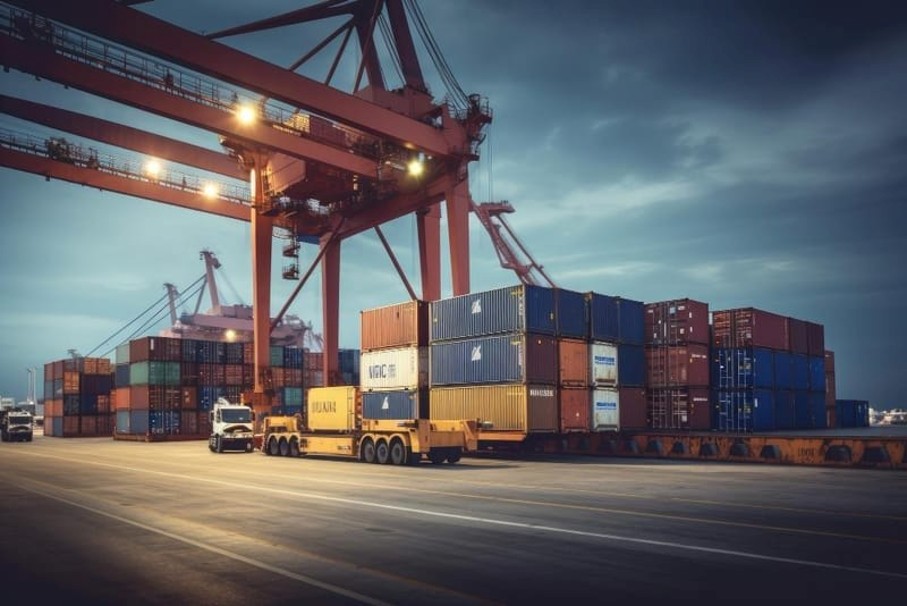Government/Policy

November 5, 2021
South Korea Seeks Easing of Section 232 After U.S. Deal With EU
Written by Michael Cowden
South Korea is pushing for “swift consultations” with U.S. trade officials about Section 232 following the negotiation of a tariff-rate quota (TRQ) with the European Union, according to local media reports.
Seoul is concerned that the deal with the EU – which will allow approximately 3.6 million short tons of steel into the U.S. duty free – could hurt South Korean steelmakers’ ability to export to the U.S., according South Korea’s Yonhap News Agency.
![]() “The potential increase in the volume of EU steel imports would inevitably have adverse impacts on our exports,” Joo Young-joon, director general for industry policy at Seoul’s Ministry of Trade, Industry and Energy, was quoted as saying.
“The potential increase in the volume of EU steel imports would inevitably have adverse impacts on our exports,” Joo Young-joon, director general for industry policy at Seoul’s Ministry of Trade, Industry and Energy, was quoted as saying.
Concerns were serious enough that the South Korean government scheduled emergency meetings with South Korean steelmakers after the EU TRQ deal was announced last week, Yonhap reported.
South Korea received an exemption for Section 232 tariffs of 25% on steel by agreeing to an absolute, or “hard,” quota in 2018. That’s an annual quota that is divided up into quarterly allotments, and volumes are determined separately for individual steel products.
For hot-rolled coil, for example, South Korea’s annual limit for 2021 is 446,098 short tons (404,694 metric tonnes). Once that threshold is reached, no more South Korean hot band can be brought into the U.S. until the quota refreshes on Jan. 1, 2022.
The TRQ, or “soft” quota, with the EU in contrast allows material to continue to flow into the U.S. even after the quota ceiling the bloc agreed to has been reached. The main difference: Any tonnage over the quota limit remains subject to a 25% tariff.
Japan, which is subject to a blanket 25% tariff rather than a hard quota under Section 232, is also seeking a new deal with the U.S. as regards its steel and aluminum exports.
But there is one key difference: South Korea is a much larger steel supplier to the domestic market than Japan. It is second behind only Canada when it comes to flat product exports to the U.S. over the last two years.
South Korea shipped 109,442 metric tonnes of flat-rolled steel to the U.S. in October, according to Commerce Department license data. That’s up 5.2% from 104,013 tonnes in September and up 70.8% from 63,062 tonnes in October of last year.
By Michael Cowden, Michael@SteelMarketUpdate.com







